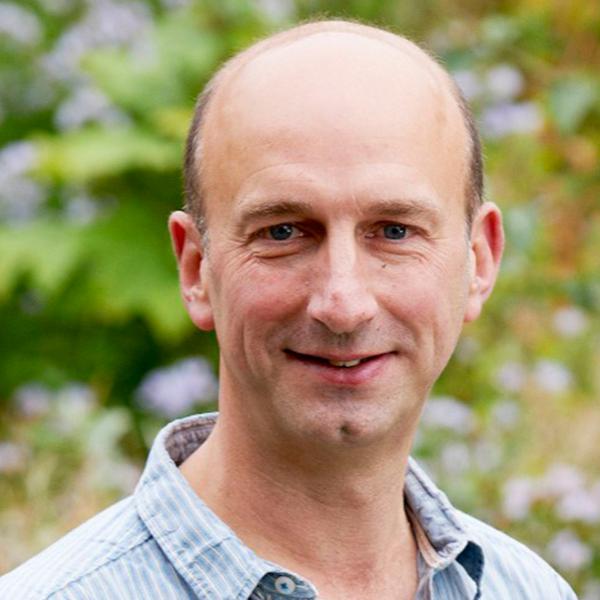Nigel was invited to join the winning team because of his reputation for researching, developing and delivering ‘high-impact, low-input’ planting schemes that fit exactly with the aspiration for the development of the re-imagined square.
The design team is led by architecture practice Tonkin-Liu, with Nigel, and ecologist Gary Grant of Green Infrastructure Consultancy, as the main landscape consultants, together with heritage and public engagement experts.
It is really exciting to be part of the re-design of Grosvenor Square, to be part of a team that aims to think again about the future role of greenspaces in the heart of the city, and to be involved in a project that places sustainability at the core of every decision.
Professor Nigel Dunnett
Nigel added: "It’s particularly exciting to be able to re-interpret for a contemporary setting what the idea of a ‘Wilderness Worke’ might be, and to be able to apply all the ideas that I’ve worked with in the Department of Landscape Architecture at Sheffield."
"Grosvenor Britain & Ireland is genuinely committed to creating an inclusive space that sets a high-profile precedent for the design, management and maintenance of public parks and gardens into the future, and it's a wonderful opportunity to develop concepts for spectacular, sustainable, and meaningful planting as a fundamental part of the development of the square."
Grosvenor history
Grosvenor Square is the second largest square in London, dating from 1726 first as a garden for residents of the square, but now a fully public space. The original design by John Alston caused a sensation with its concept of a ‘Wilderness Worke’ – a mounded landform with woodland, and a multitude of flowering plants.
It was the first expression in London of the idea of bringing the countryside into the city, and quickly became one of the most fashionable places to be seen. However, over the following centuries the gardens were simplified and made more formal, eventually becoming predominantly lawns, trees and shrubberies.
The square has been redesigned three times since the 1720s, and the current scheme of extensive lawns and London Plane trees originates from the 1940s.
In 2018 the management of Grosvenor Square moved from the Royal Parks to Grosvenor Britain & Ireland and that year Grosvenor held an ‘international call for ideas’ for the square seeking input from urban visionaries and designers to imagine the square as a blank canvas, attracting over 160 entries.
Undergraduate studio project
Nigel has had a long-standing interest in Grosvenor Square, and in autumn 2018, used the ideas competition for the square as the basis for the studio project for the undergraduate module LSC 334 ‘Green Infrastructure and Ecological Masterplanning’. Half of the student group used their project design work to enter the competition for real.
Since the design competition in 2019 there has been an intensive programme of investigations and consultations, with the aim of rethinking the role of an urban square in a time of climate crisis to transform it into a thriving place for people and planet.
A key element of that new thinking has been that sustainable horticulture and biodiversity should be at the heart of any new proposals for the square.
The project is currently at RIBA Stage 1, which involves wide-ranging community and stakeholder engagement and development of a detailed design and development brief.




